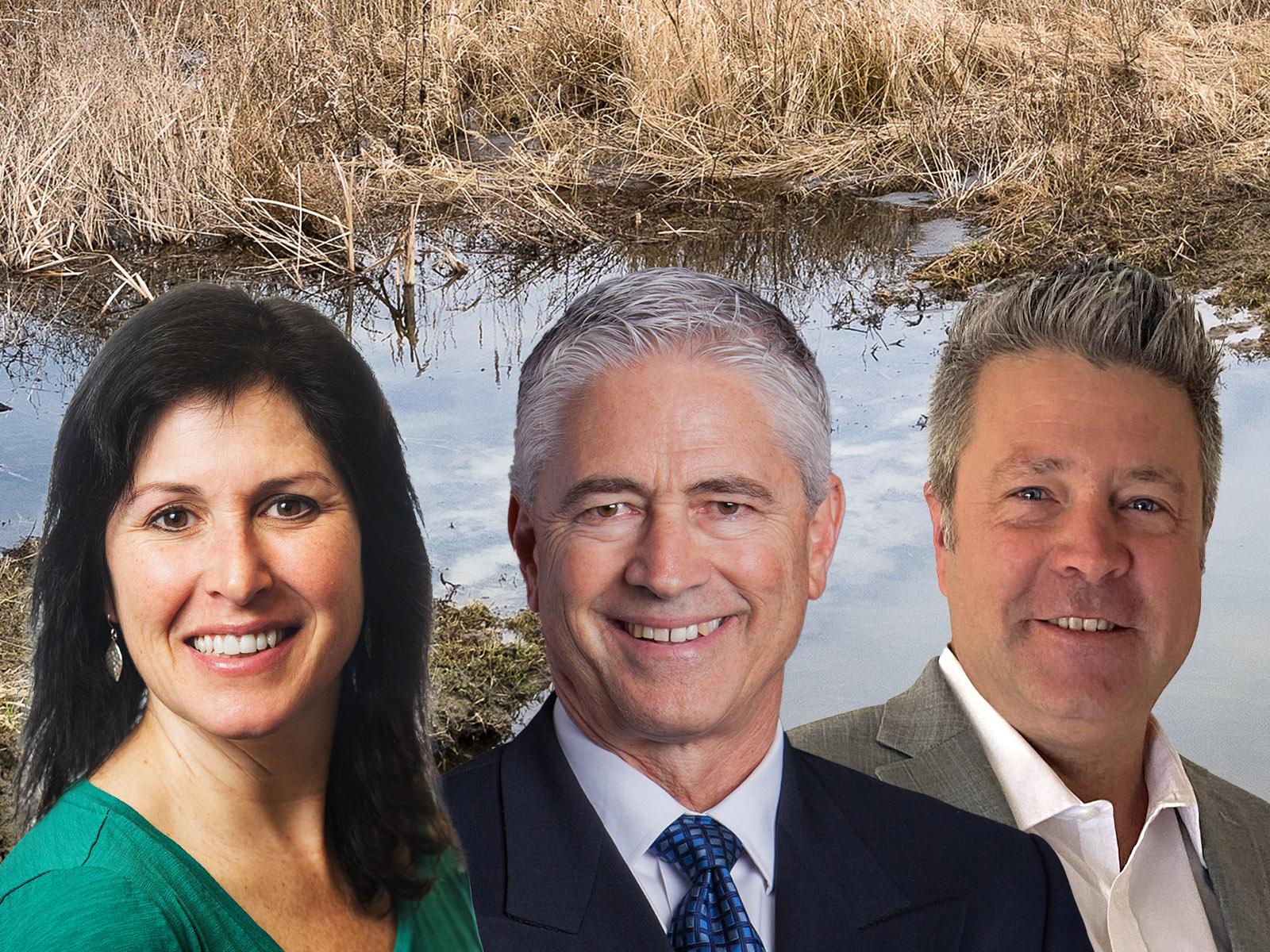RemPlex Seminar: Optimizing Remediation Outcomes through Integration of Geologic and Geophysical Data

Composite photo by Shannon Colson | Pacific Northwest National Laboratory
11:30 a.m. – 1:00 p.m. PDT, Tuesday, April 23, 2024

Composite photo by Shannon Colson | Pacific Northwest National Laboratory
The most challenging element of any remediation project, particularly one with groundwater contamination, is the uncertainty and potential heterogeneity of subsurface conditions. Subsurface heterogeneity has confounded the progress, delayed remediation goals, and caused budget overruns for many groundwater restoration efforts. Conceptual site models (CSMs) need to provide a reasonably accurate and complete representation of the subsurface in order to successfully guide groundwater remediation activities. This seminar will discuss best practices for integrating geologic and geophysical data to enhance CSMs and optimize remediation outcomes.
This seminar, held April 23 at 11:30 a.m. PDT on Zoom, was facilitated by PNNL Chief Geophysicist Fred Day-Lewis and included two presentations plus discussion.
Remediation Geology and Application of Environmental Sequence Stratigraphy (ESS) to Optimize Groundwater Remediation Outcomes
Presenters: Rick Cramer and Mike Shultz, Burns & McDonnell (see below for speaker bios)
Abstract: Remediation Geology and the application of Environmental Sequence Stratigraphy (ESS) result in geology-focused CSMs that help resolve the challenges of subsurface heterogeneity. Geologic conditions define the subsurface “plumbing” that is the primary control on groundwater flow and contaminant migration, no matter if the contaminant is volatile organic compounds (VOCs), per- and polyfluoroalkyl substances (PFAS), or radioactive waste. Recent experience has shown that a major component in determining the success of a restoration project is the ability to apply the improved, geology-focused CSMs to the site cleanup strategy. The presenters of this talk include the developer of the ESS best practice technology and the lead sequence stratigrapher that has successfully applied ESS best practices to transform several under-performing remedial strategies at complex sites into remediation successes.
Enhancing Conceptual Site Models Through Integration of Geologic and Geophysical Data
Presenter: Judy Robinson, PNNL
Abstract: Geophysical methods are sensitive to the physical properties that define hydrostratigraphic structure such as lithology, porosity and saturation. These methods can provide a first-look or a more spatially extensive view of subsurface structure where there is high uncertainty due to sparsely located wells. This presentation will show how geophysical methods have been used on the Hanford Site to help give insights into subsurface structure in support of geologic framework and conceptual site model development.
Rick Cramer, Senior Project Manager/Geologist, Burns & McDonnell
Rick Cramer has over 30 years of experience as a consultant in the groundwater/environmental industry focusing on applying advanced geologic methods to improve conceptual site models to optimize remediation outcomes. He developed and introduced the practice of Environmental Sequence Stratigraphy (ESS) to the Environmental Industry in 1994, culminating with the 2017 U.S. EPA Groundwater Technical Issue Paper, Best Practices for Environmental Site Management. He started with Burns & McDonnell in 2016 and built their ESS practice. He began his career in the petroleum industry, where he was introduced to the science of sequence stratigraphy and translated that revolutionary technology to environmental/groundwater projects. Rick earned his BS in geology at University of the Pacific, Stockton, and his MS in geology at the University of California, Davis.
Mike Shultz, Senior Geologist/Sequence Stratigrapher, Burns & McDonnell
Mike Shultz is a Geologist and Sequence Stratigraphy specialist with over 25 years of multidisciplinary experience in subsurface geological investigation and interpretation of fluid flow characteristics. His career has spanned both oil and gas exploration and production as well as environmental assessment and groundwater remediation. He is a groundwater remediation industry thought leader, co-developer of the Environmental Sequence Stratigraphy (ESS) approach to aquifer characterization and groundwater remediation, and lead author of the 2017 U.S. EPA Groundwater Technical Issue Paper, Best Practices for Environmental Site Management. Mike earned his BS in geology at Purdue University and PhD in geology at Stanford University.
Judy Robinson, Computational Scientist, Pacific Northwest National Laboratory
Judy Robinson is a computational scientist with field and numerical modeling experience in geophysical methods. With PNNL since 2018, her work focuses on joint inversion using flow and transport models with electrical resistivity imaging to determine the feasibility of field electrical imaging. She has expertise in analyzing complex resistivity data using corroborating field and lab datasets. Robinson earned her BS in civil engineering at New Jersey Institute of Technology, MSE in environmental engineering at Johns Hopkins University, and PhD in environmental science at Rutgers University-Newark.